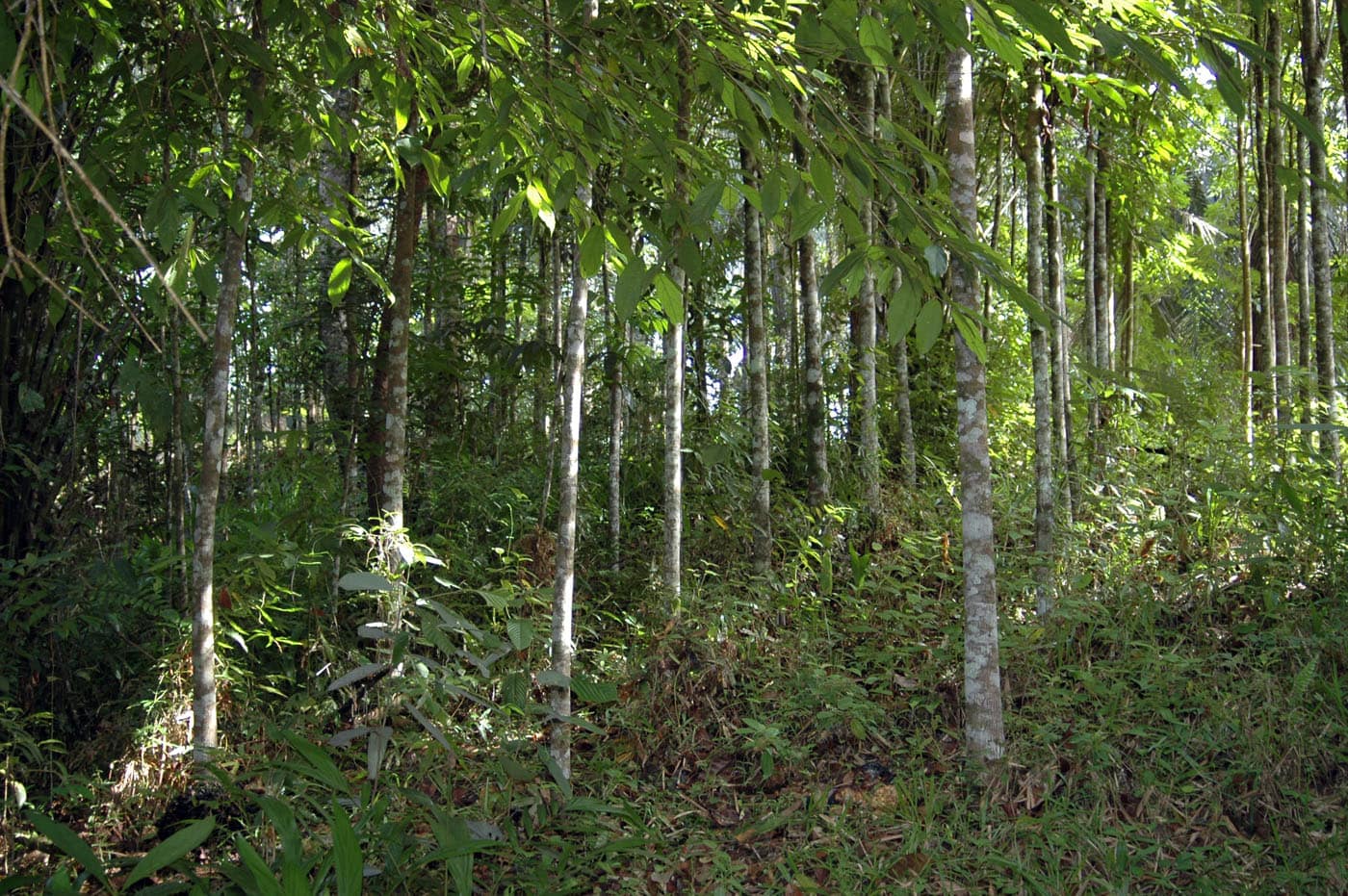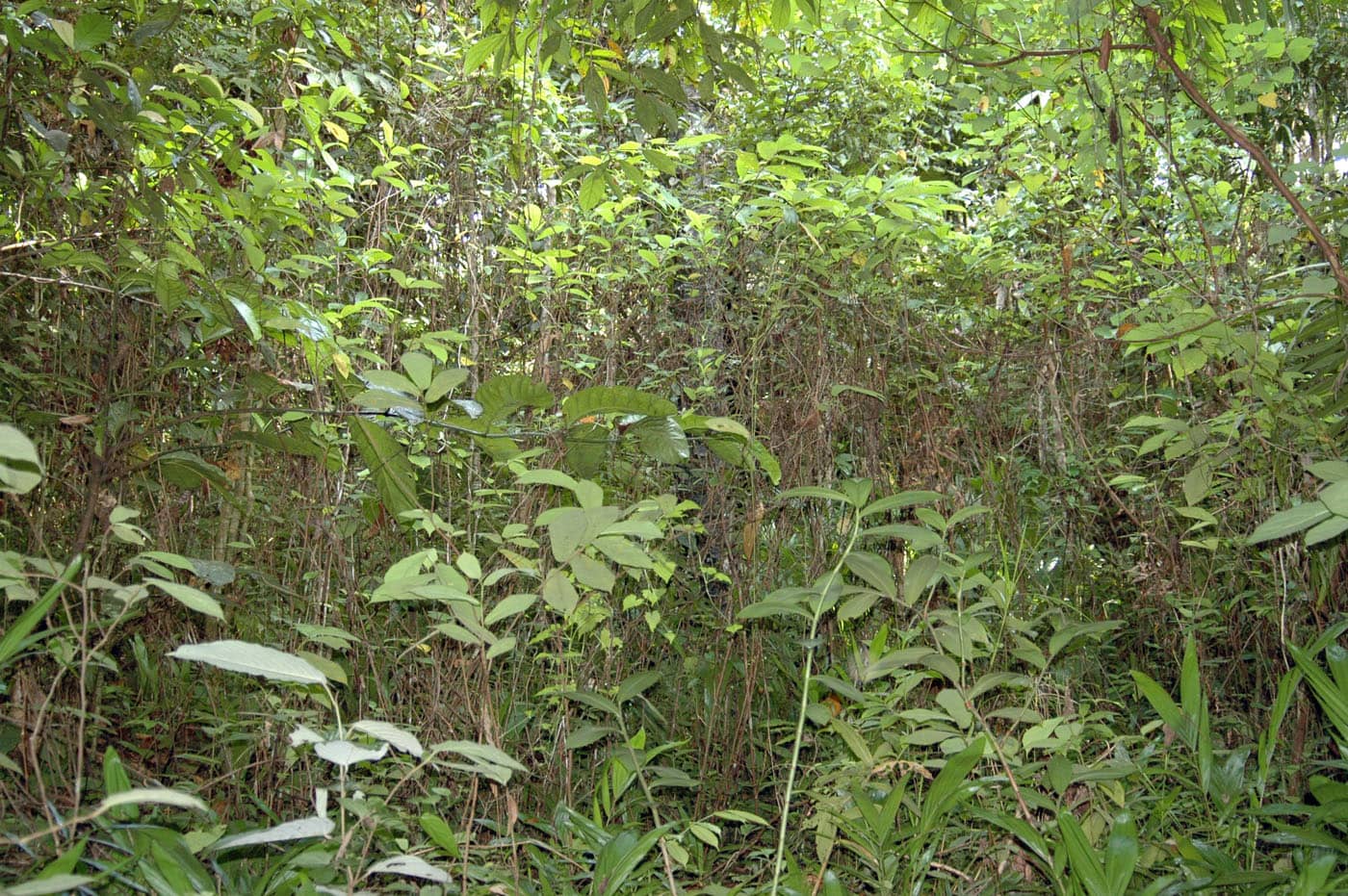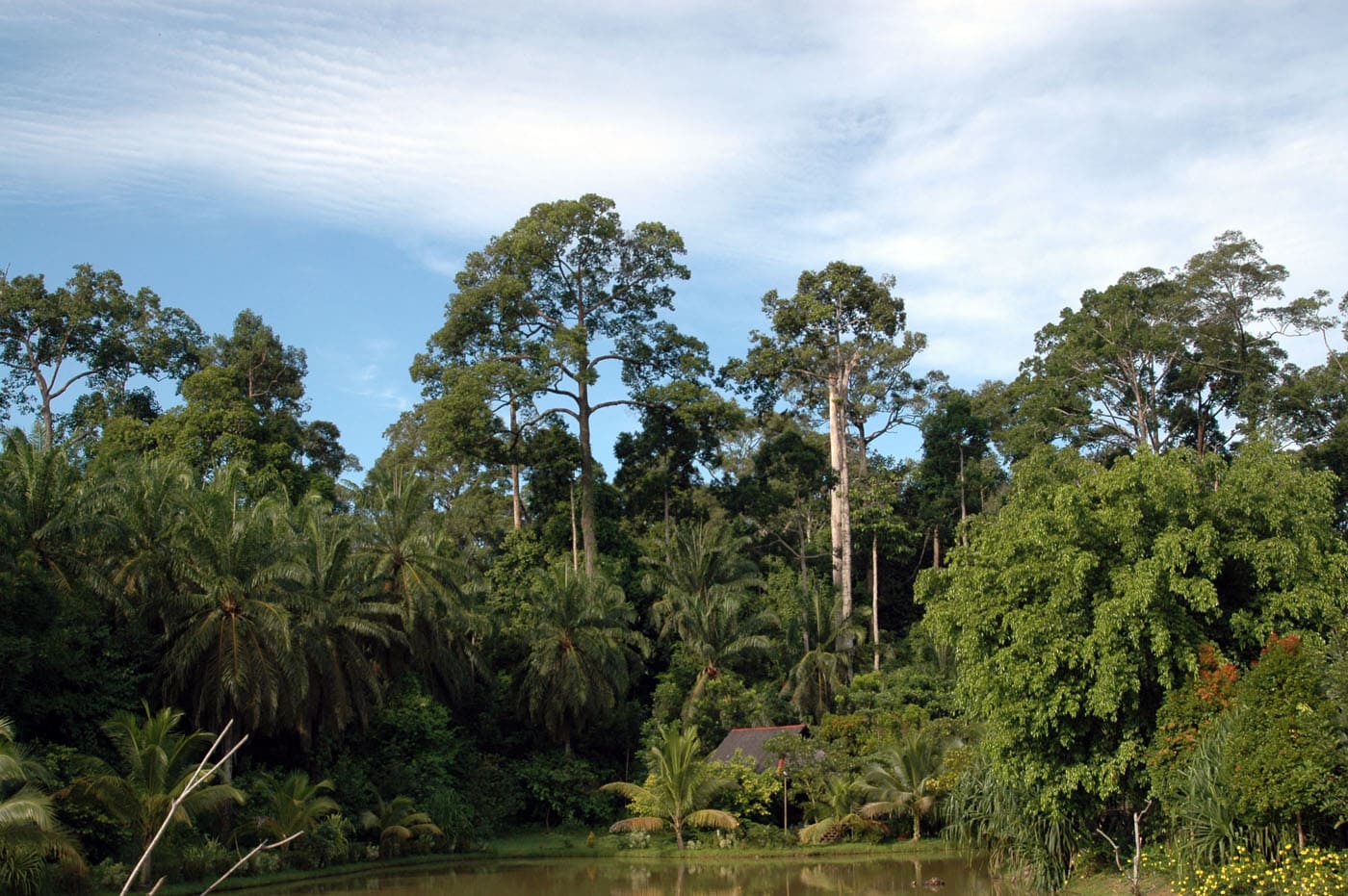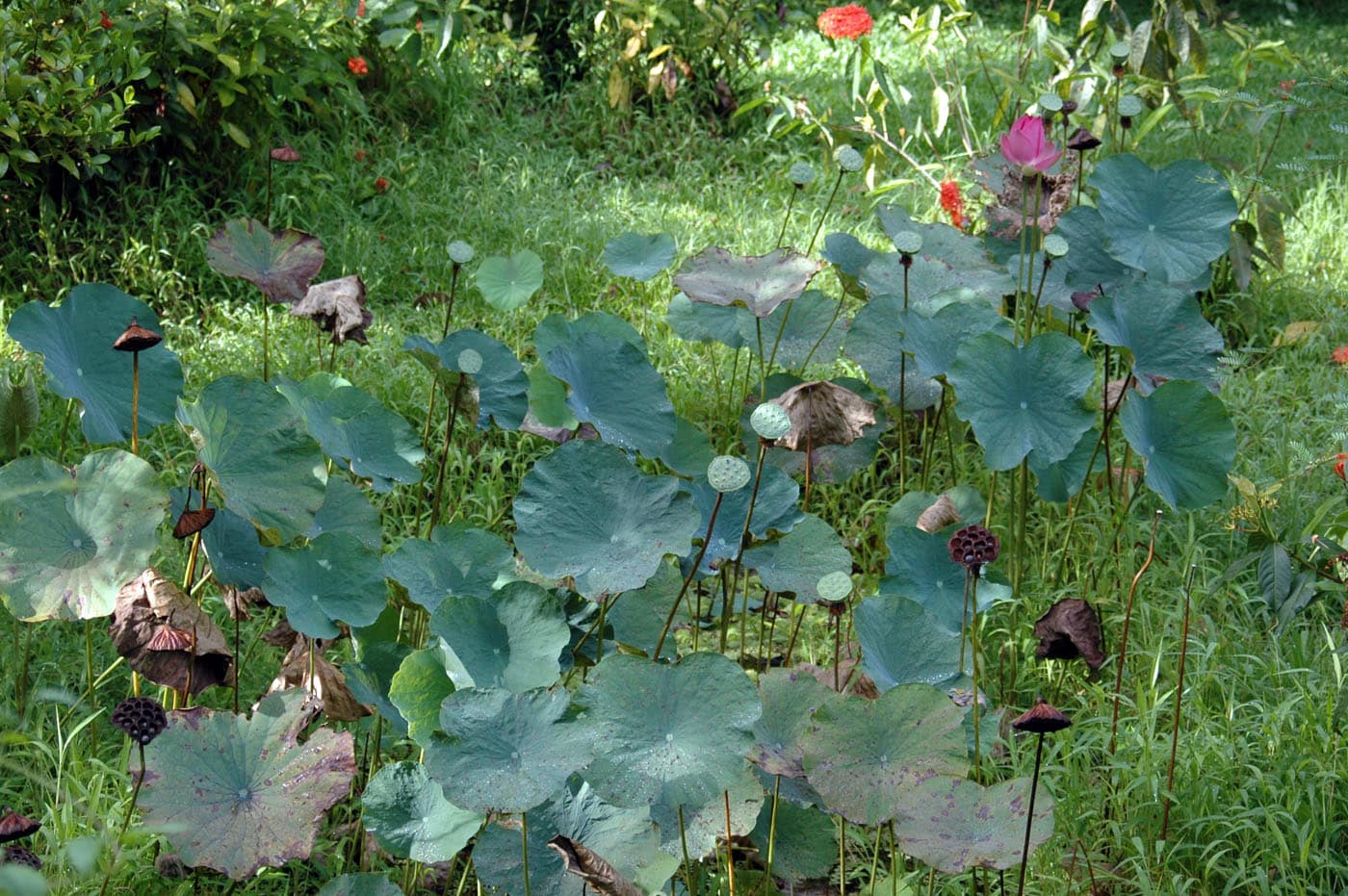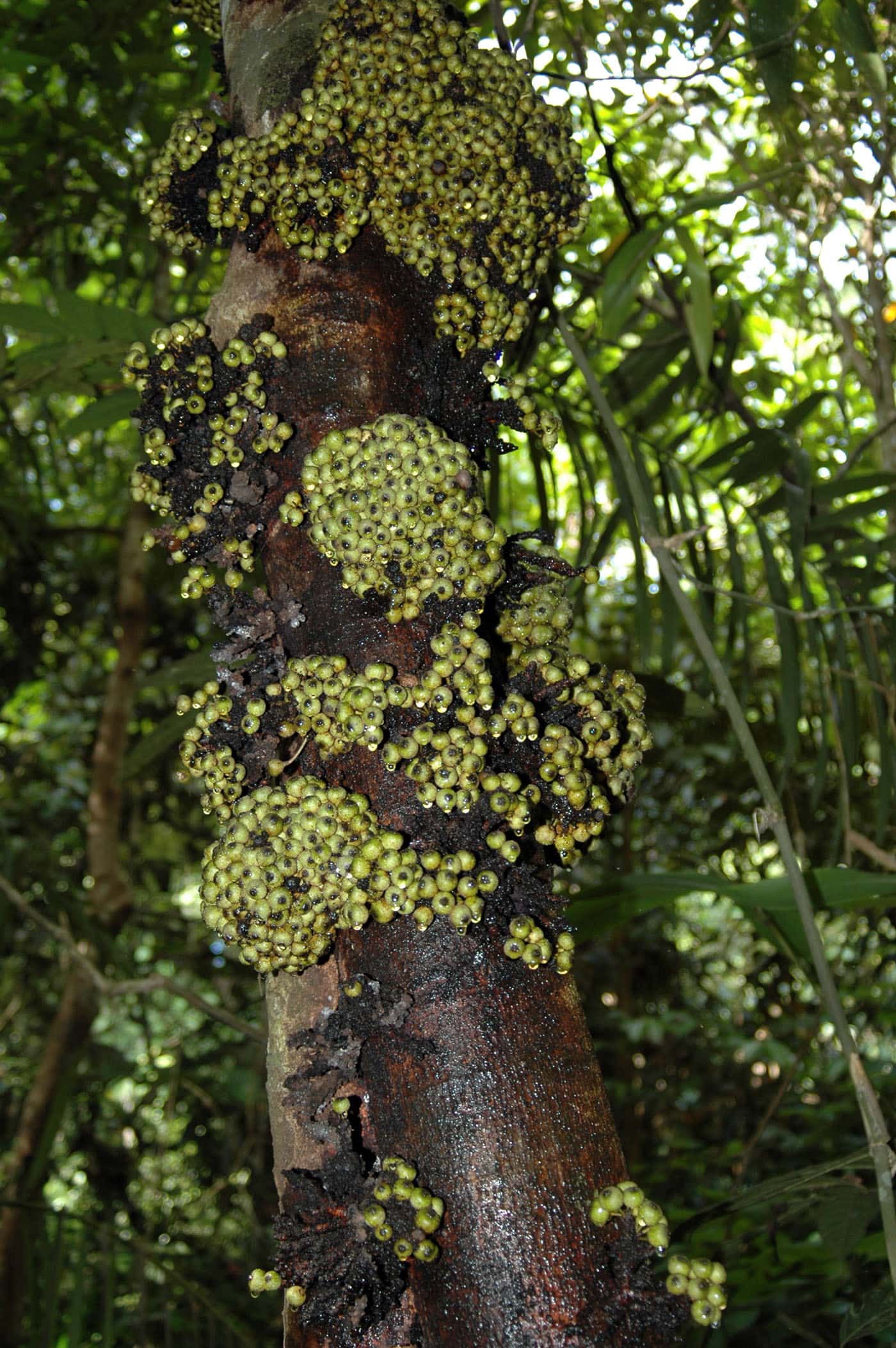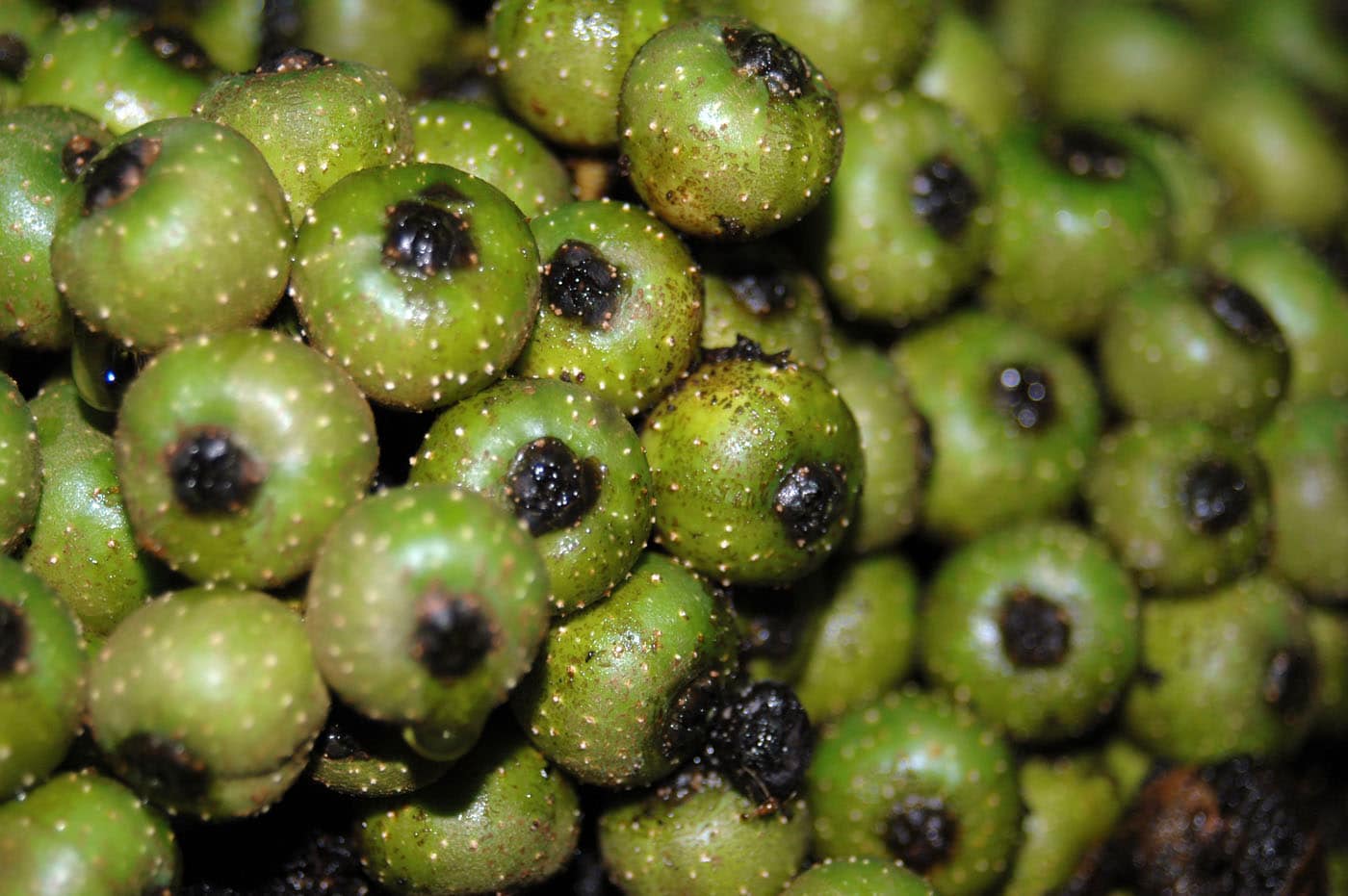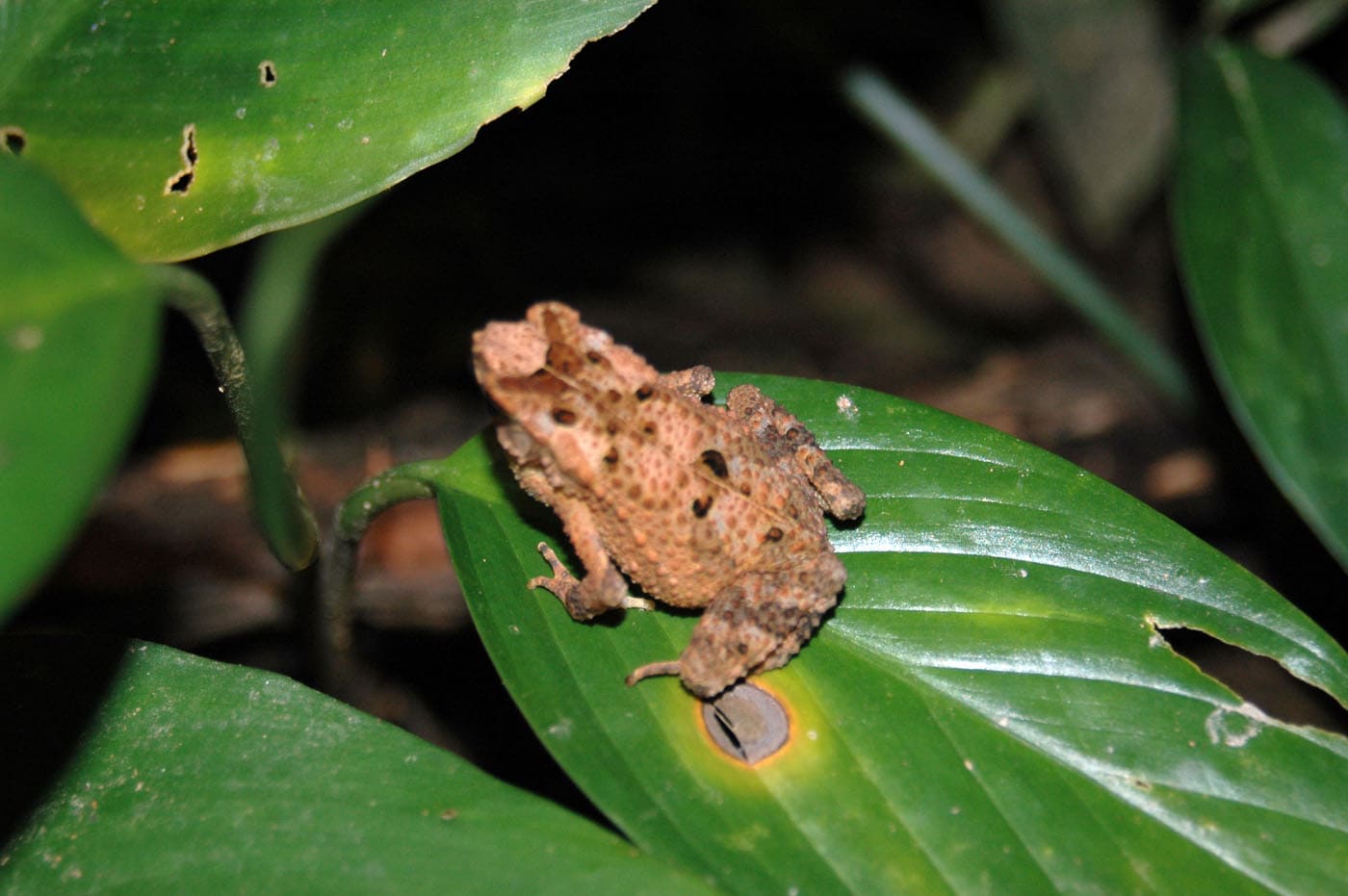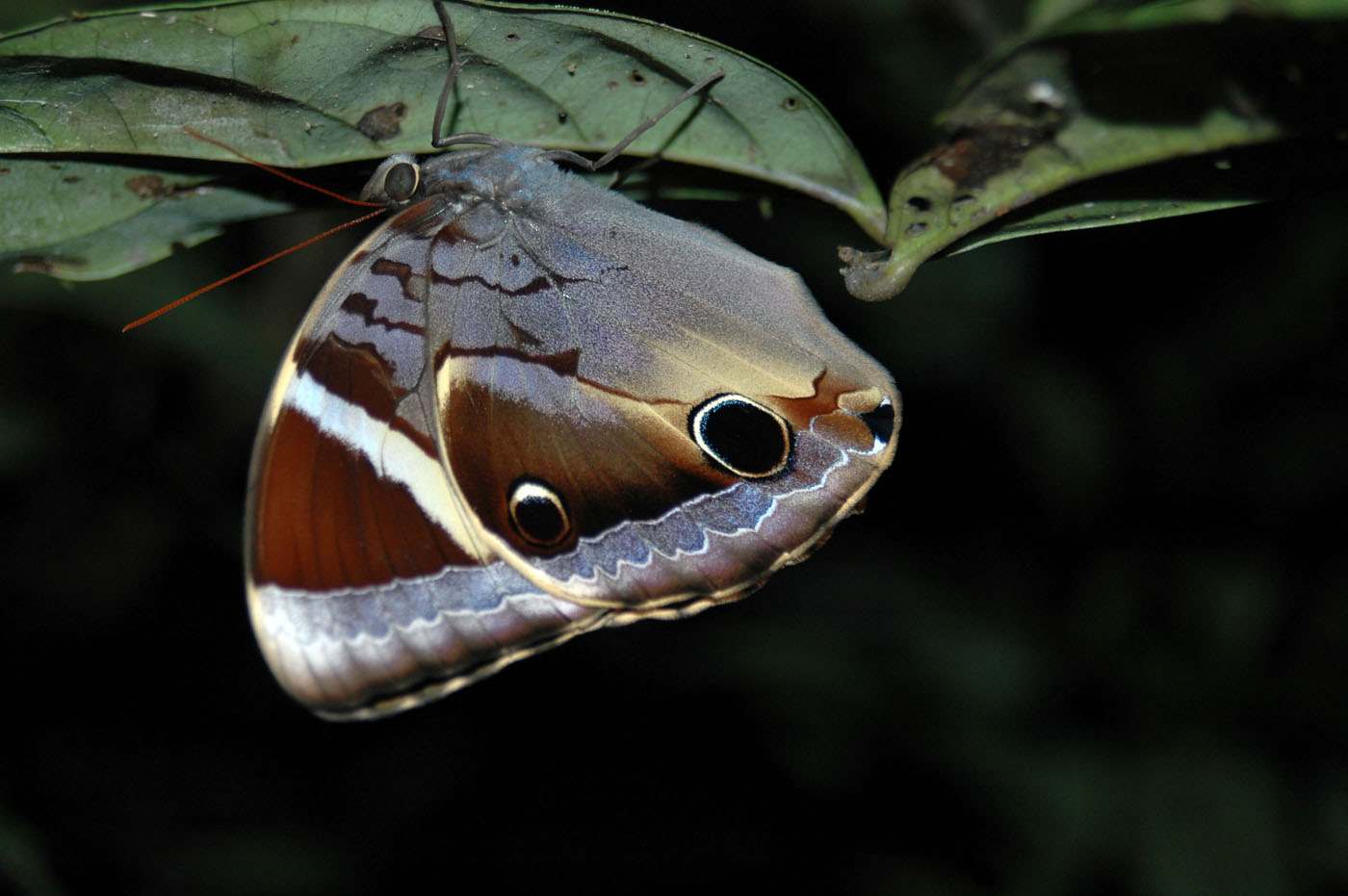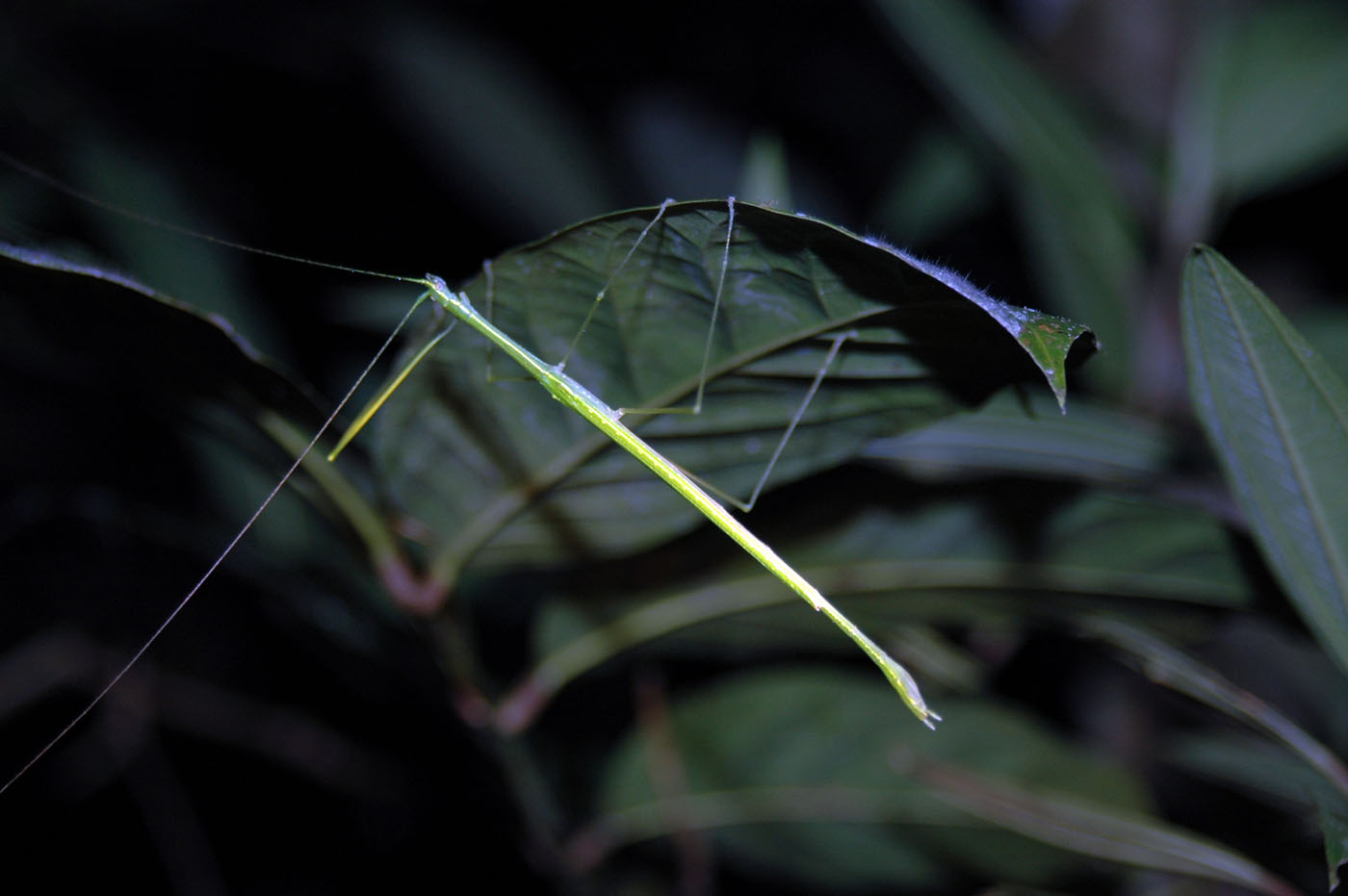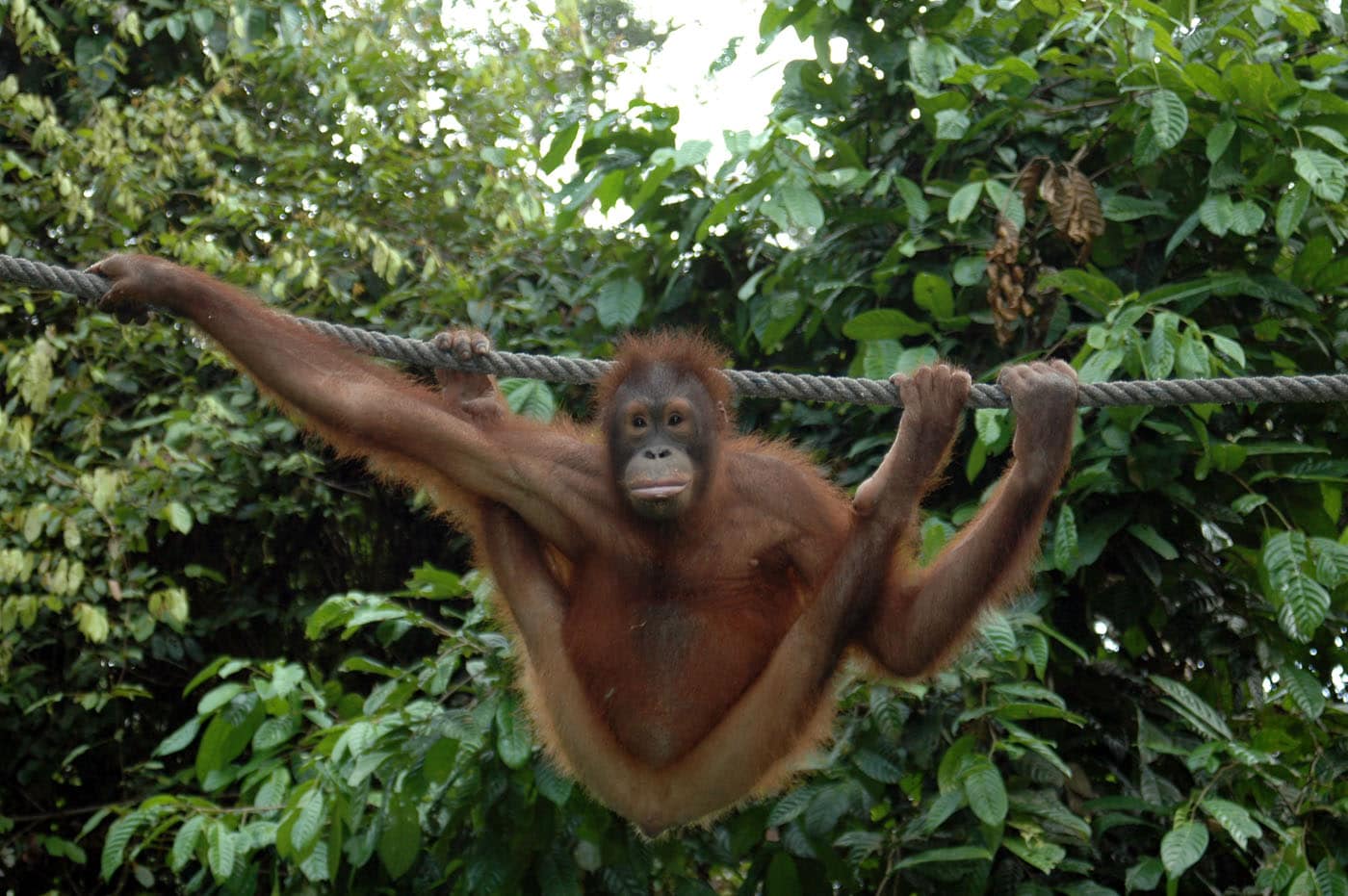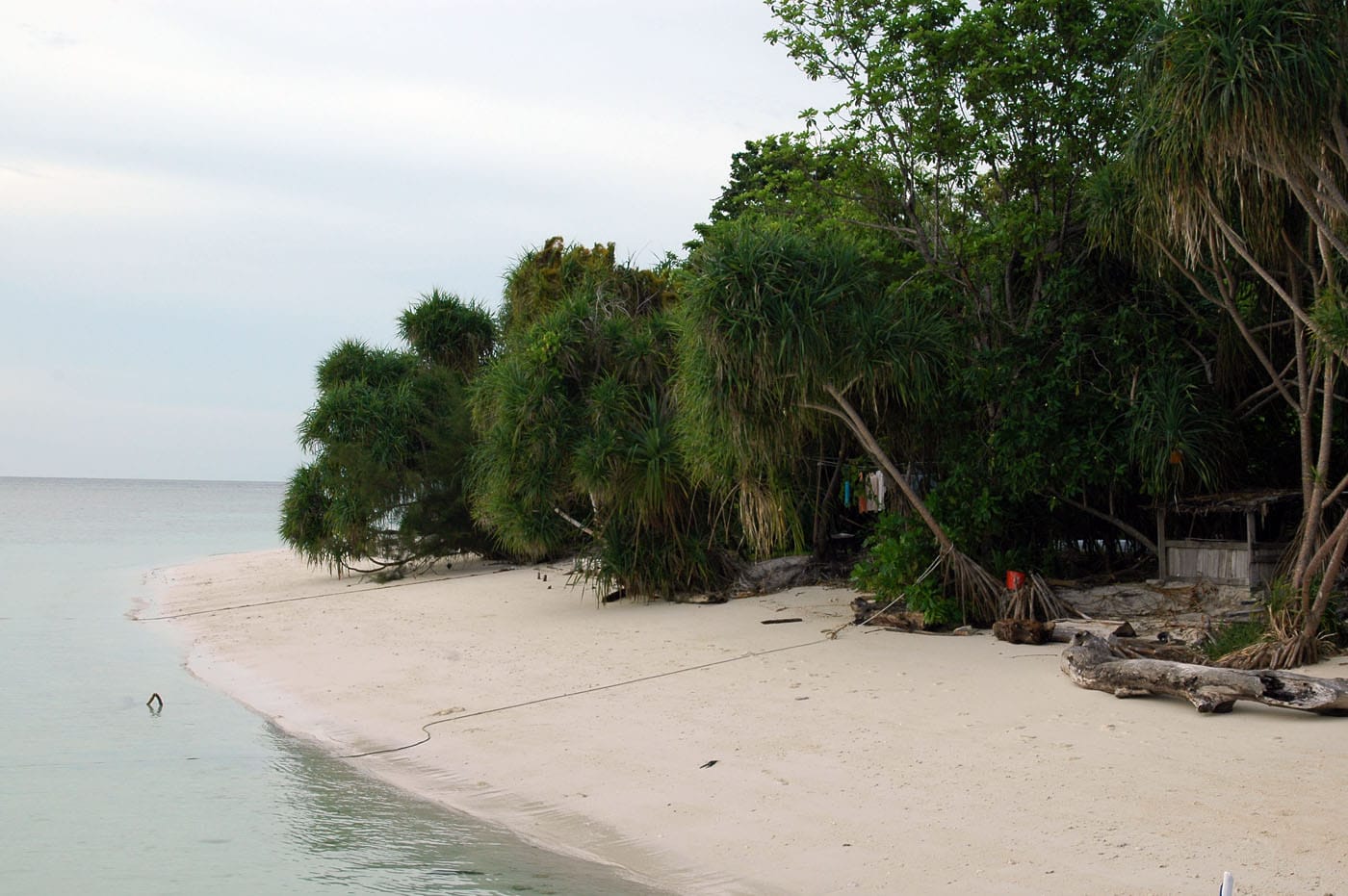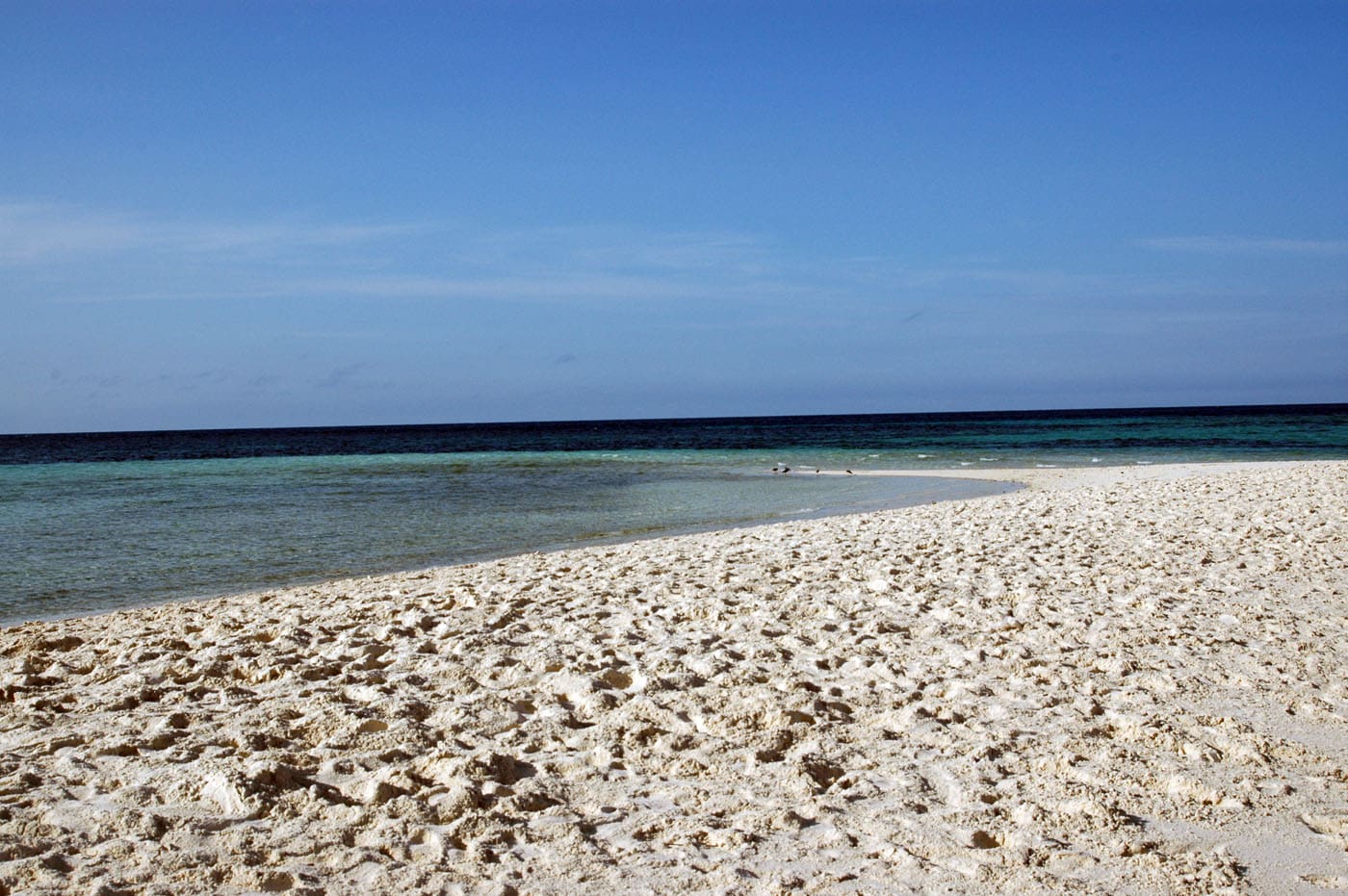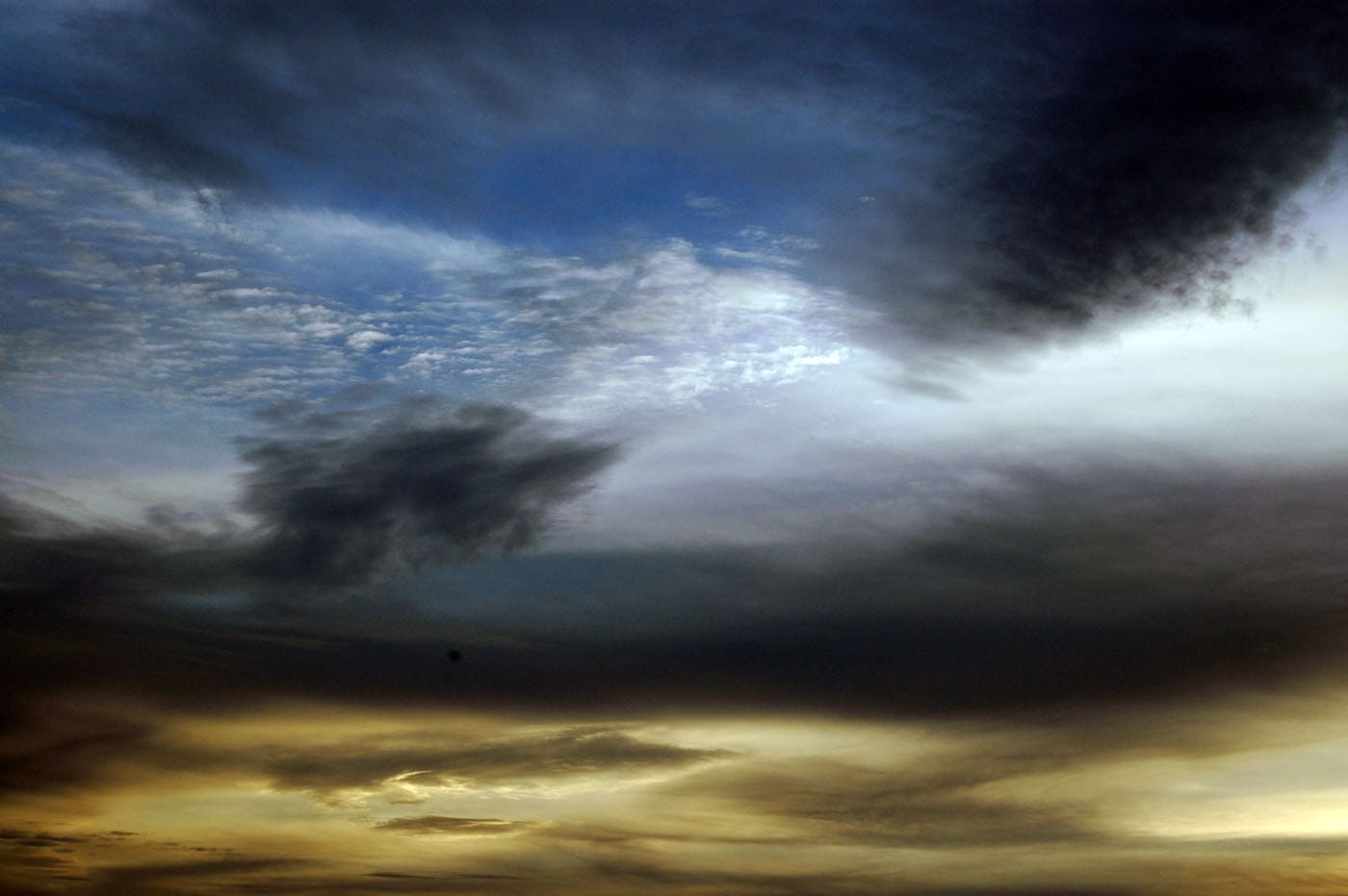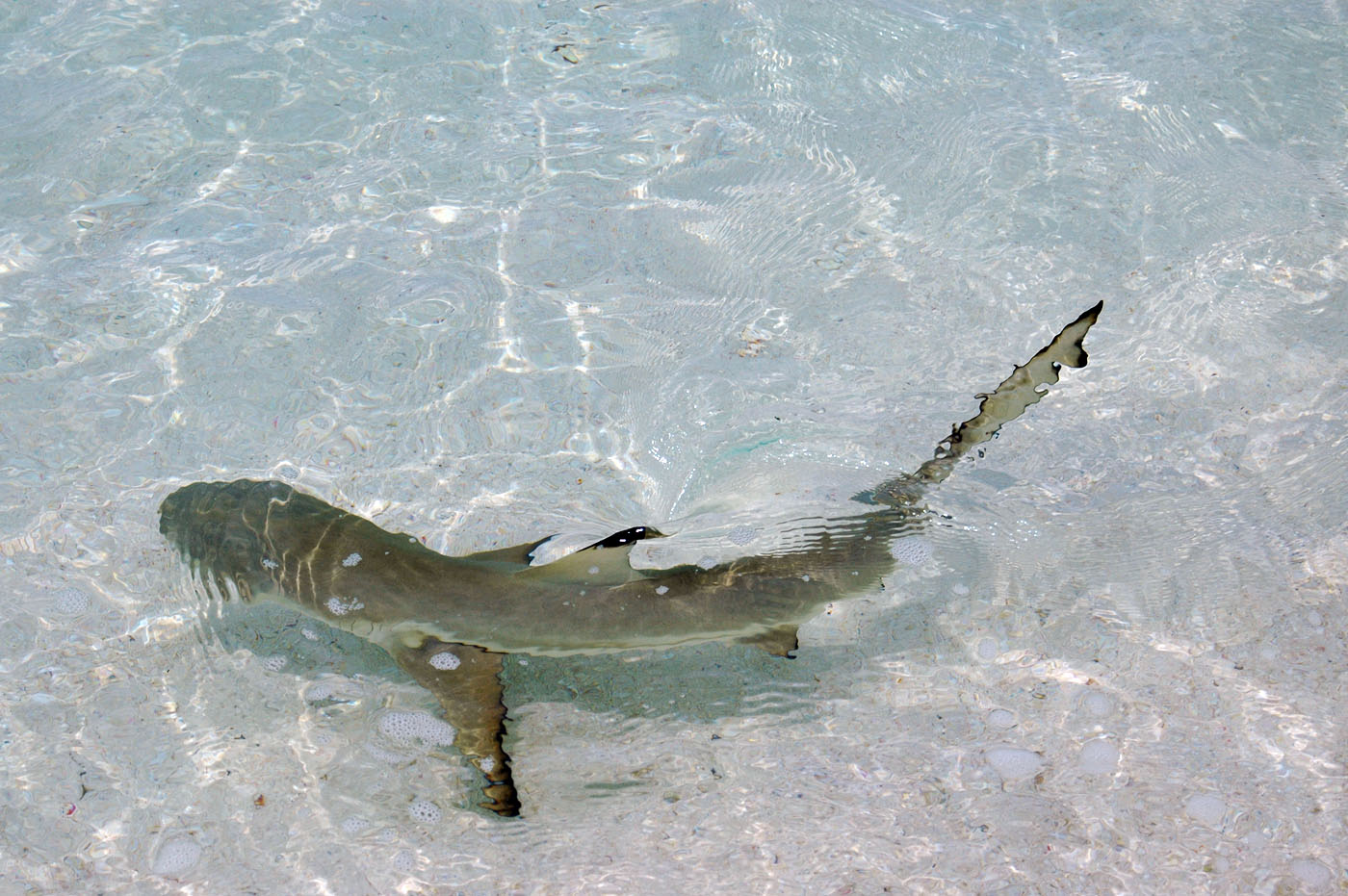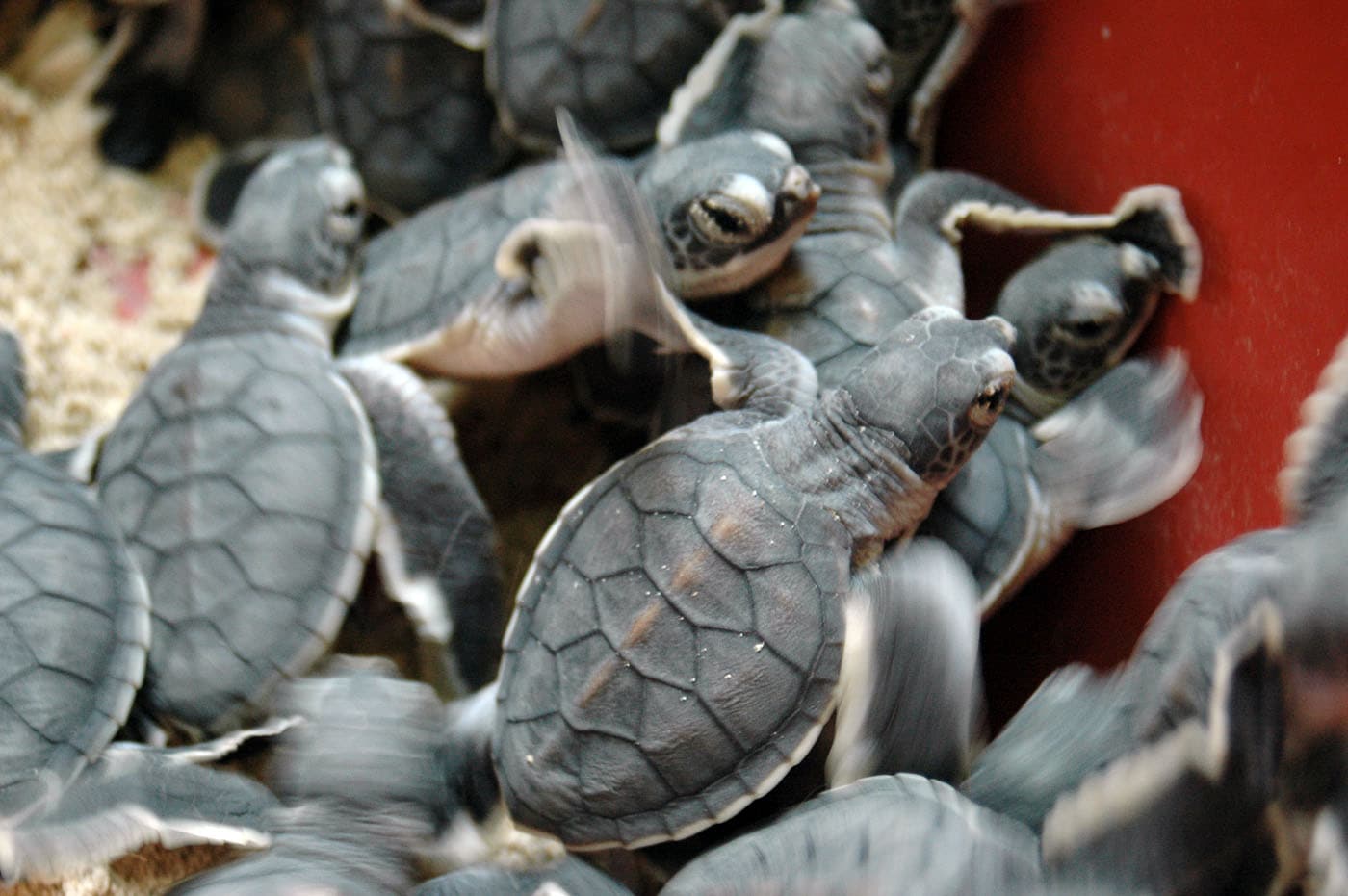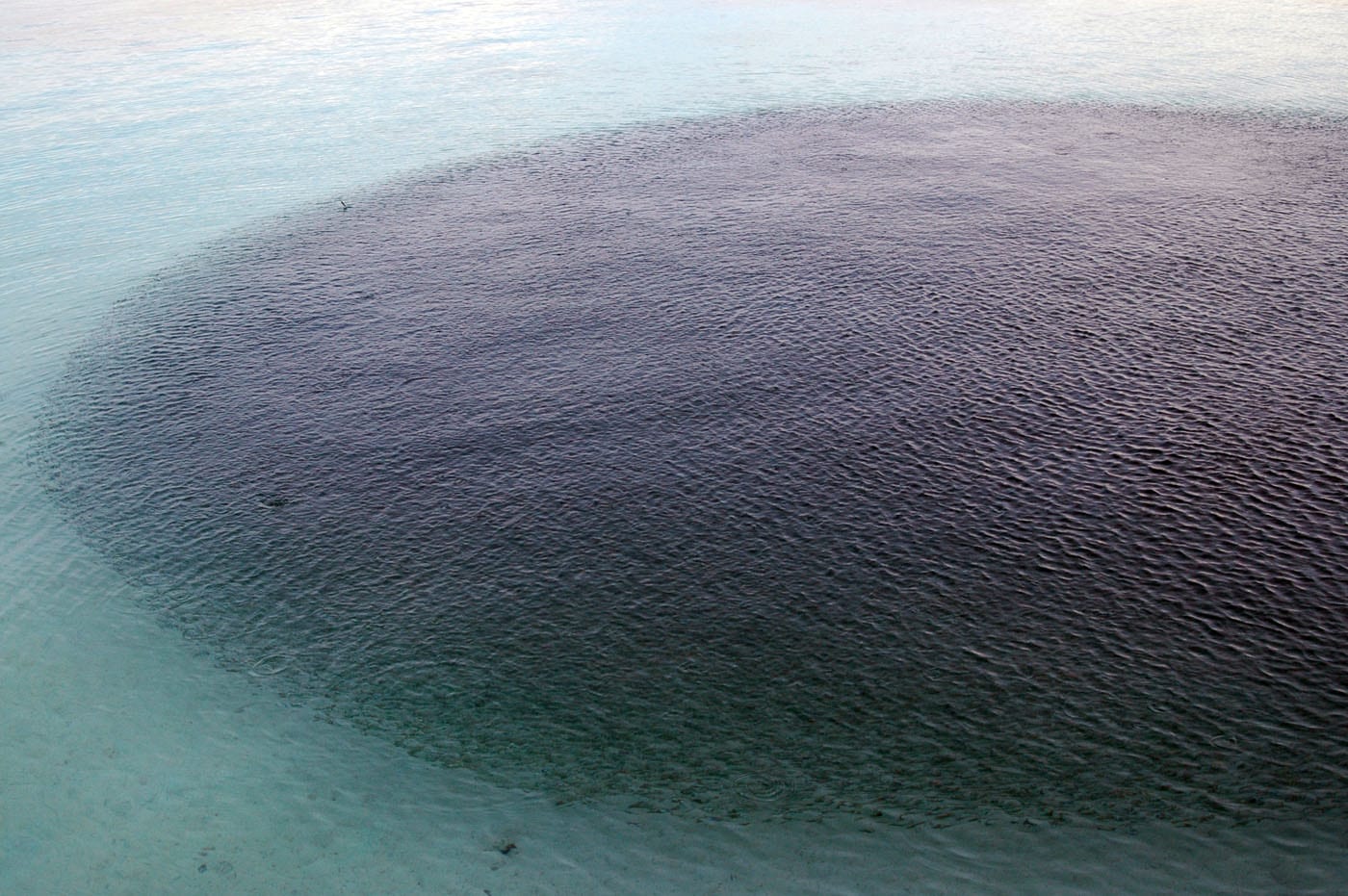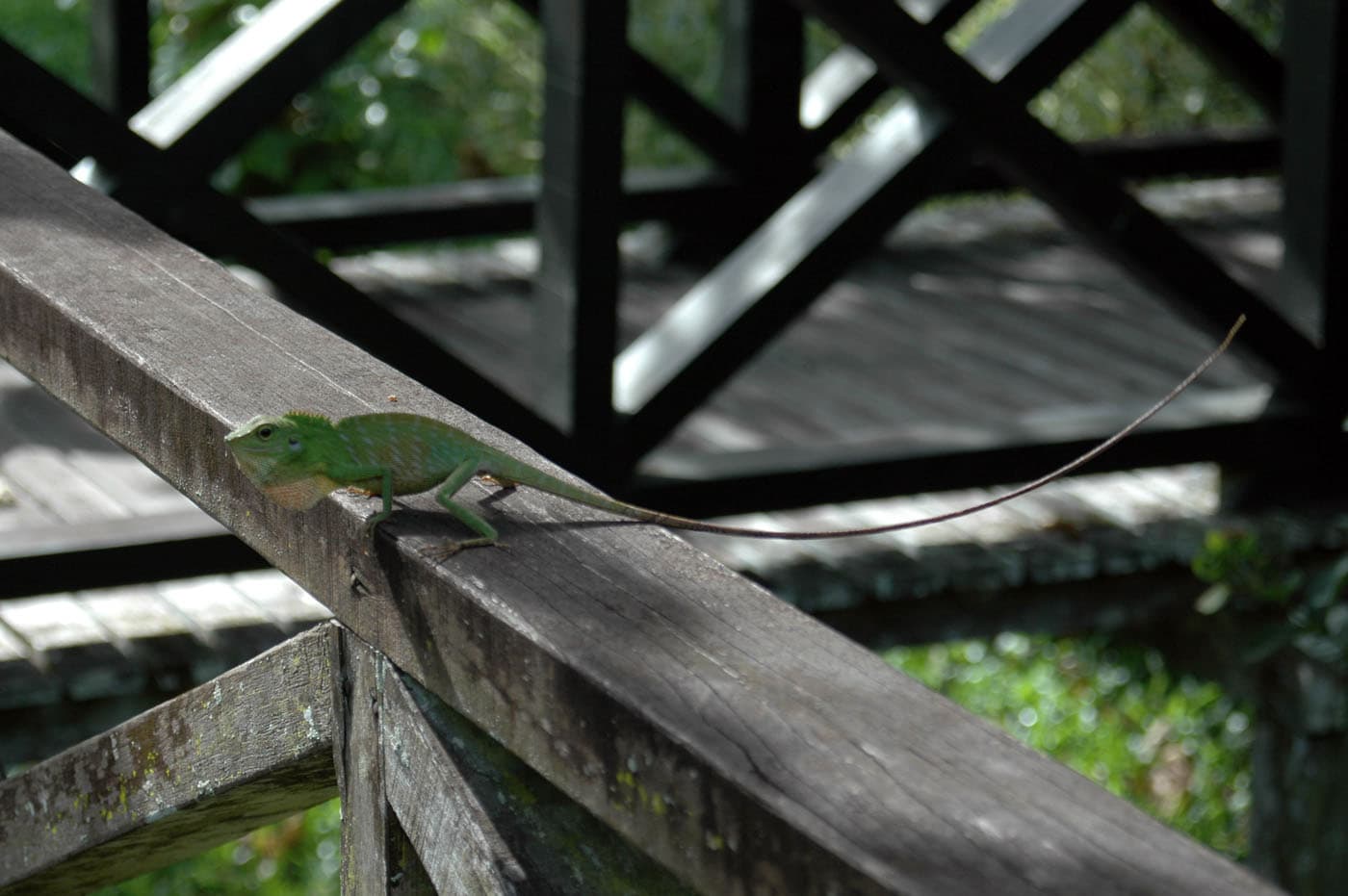The Biodiversity of Borneo – Sabah and its Islands
A marvelous ecosystem
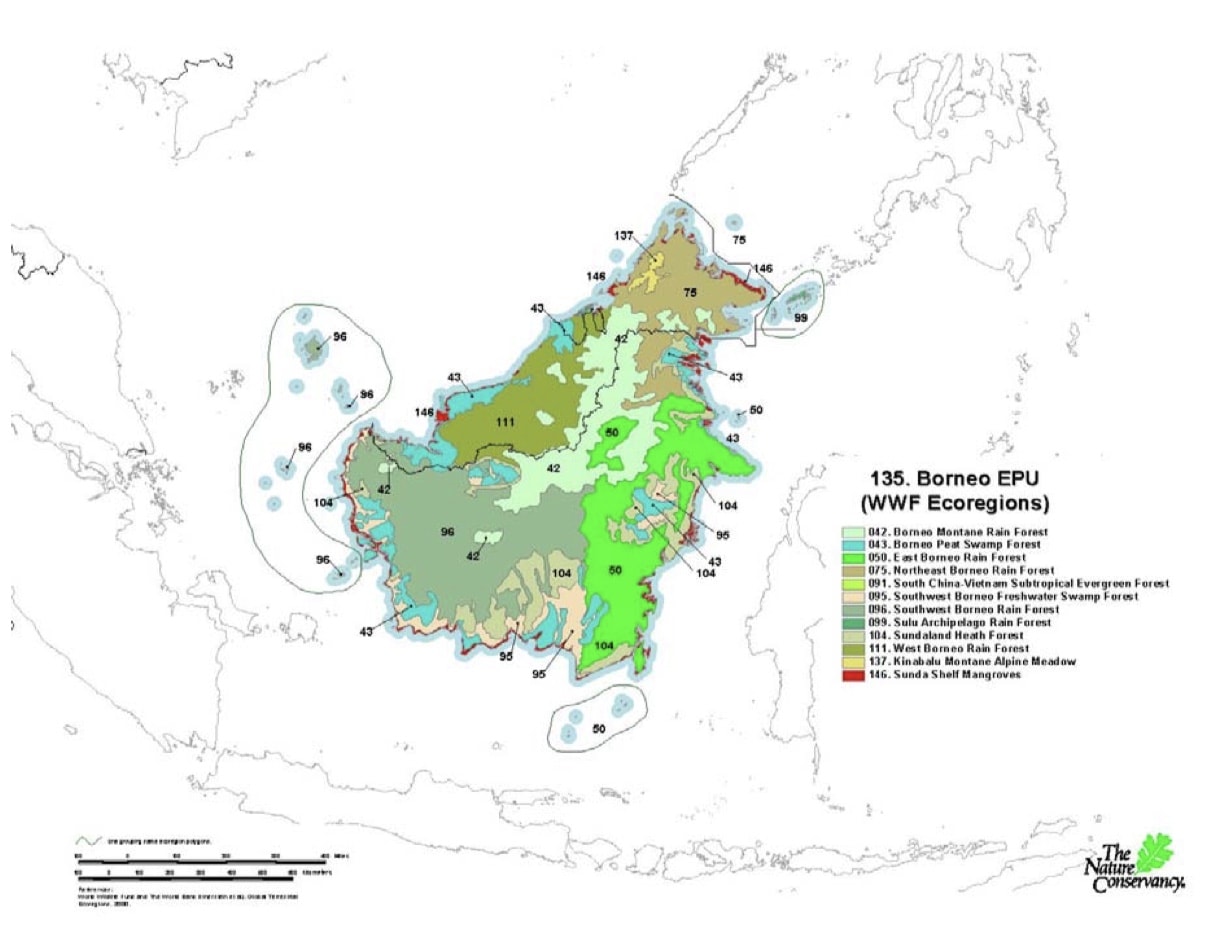
Borneo, the third largest island in the world, is located in Southeast Asia close to the Equator; it is divided among three countries: Indonesia, Malaysia, and Brunei. The largest part of Borneo, comprising the southern and eastern parts of the island, is Indonesian territory and often referred to as Kalimantan, whereas the northern part belongs to Malaysia (the states of Sarawak and Sabah) and Brunei.
Ecologically, Borneo has a profusion of tropical rainforests and is one of the most important centers of biodiversity in the world, with numerous plant and animal species evolved on and inhabiting the island. As such, the natural richness and biological diversity of Borneo have attracted scientists, and dozens of new species of plants and animals are being discovered annually. However, the interior of the island is a remote area that is difficult to reach. Most of it is very mountainous, and few inland roads exist.
There are seven distinct ecoregions in Borneo. The Borneo lowland rainforests cover most of the island, with an area of 427,500 square kilometers. Other lowland ecoregions are peat swamp forests, freshwater swamp forests, and mangrove forests. The Borneo mountain rainforests lie in the central highlands of the island, above the 1,000 meters elevation. The highest elevations of Mount Kinabalu include the Kinabalu mountain alpine meadow,
- Peat Swamps are typically large rain-fed swamps that occur behind the coastal mangrove swamps along the coast and in poorly-drained depressions at higher altitudes. The soil of these swamps has more than 65% organic matter content, which is commonly around 50cm deep but can be as much as 20 meters deep. Peat Swamps are drained by ‘blackwater rivers’, as is the case with the Heath Forests.
- Heath Forests are a lowland rainforest formation usually found on white sand soils, which usually originate from ancient sandstone beaches that were stranded by uplifting or falling sea level. The soils are of low fertility, highly acidic, commonly coarsely textured and free-draining. Their trees are generally shorter and smaller and have fewer buttresses than those of other lowland mixed forests. Large woody climbing species, such as rattans, are rare. The low soil nutrition and
xerophyllous nature of leaves of many plants in Heath Forests, including many that produce phenols in the leaves and thorns on branches to deter herbivores, create a habitat that has subsequently lower faunal diversity. Orangutan and macaques have been recorded in low numbers in Heath Forests. Mammals, birds, turtles, snakes, frogs, cicadas, butterflies and dung beetles are also not abundant in these forests. - Freshwater Swamp Forests are found on alluvial soils that are flooded for long periods of time with fresh water. They are associated with coastal swamps, inland lakes, and huge low-lying river basins. These forests are less acidic and more nutrient-rich than either Peat Swamp Forests or Heath Forests. Freshwater Swamps usually have taller trees and are more species-rich than Peat Swamp Forests.
There are about 15,000 species of flowering plants with 3,000 species of trees (267 species are dipterocarps), 221 species of terrestrial mammals and 420 species of resident birds in Borneo. It is also the center of evolution and radiation of many endemic species of plants and animals. Subject to mass deforestation, the remaining Borneo rainforest is one of the only remaining natural habitat for the endangered Bornean Orangutan. It is also an important refuge for the Asian Elephant, the Sumatran Rhinoceros, the and the Bornean Clouded Leopard.
Sabah is host to high levels of marine biodiversity in its coastal waters, as evidenced by scientific knowledge of fishes, stony corals, crustacea and some other groups. Lankayan Island is a tranquil tropical island in the
Lankayan Island is a nesting and foraging place for Green and Hawksbill Turtles. For
Much of the interior of Sabah remained relatively untouched for centuries under the ruling of Brunei. Islam arrived around the early fifteenth century when the Malacca empire entered the Muslim world and spread its influence into Borneo. This led to the establishment of a Sultanate in Brunei which controlled all of Borneo at its high point. Sabah, in the northern part of Borneo, was to be controlled later by the Sulu Sultanate and eventually pass to the control of the British North Borneo Company in 1881. It became a British protectorate in 1888, then the colony known as North Borneo in 1946, before eventually joining the Malaysian federation in 1963 as Sabah.
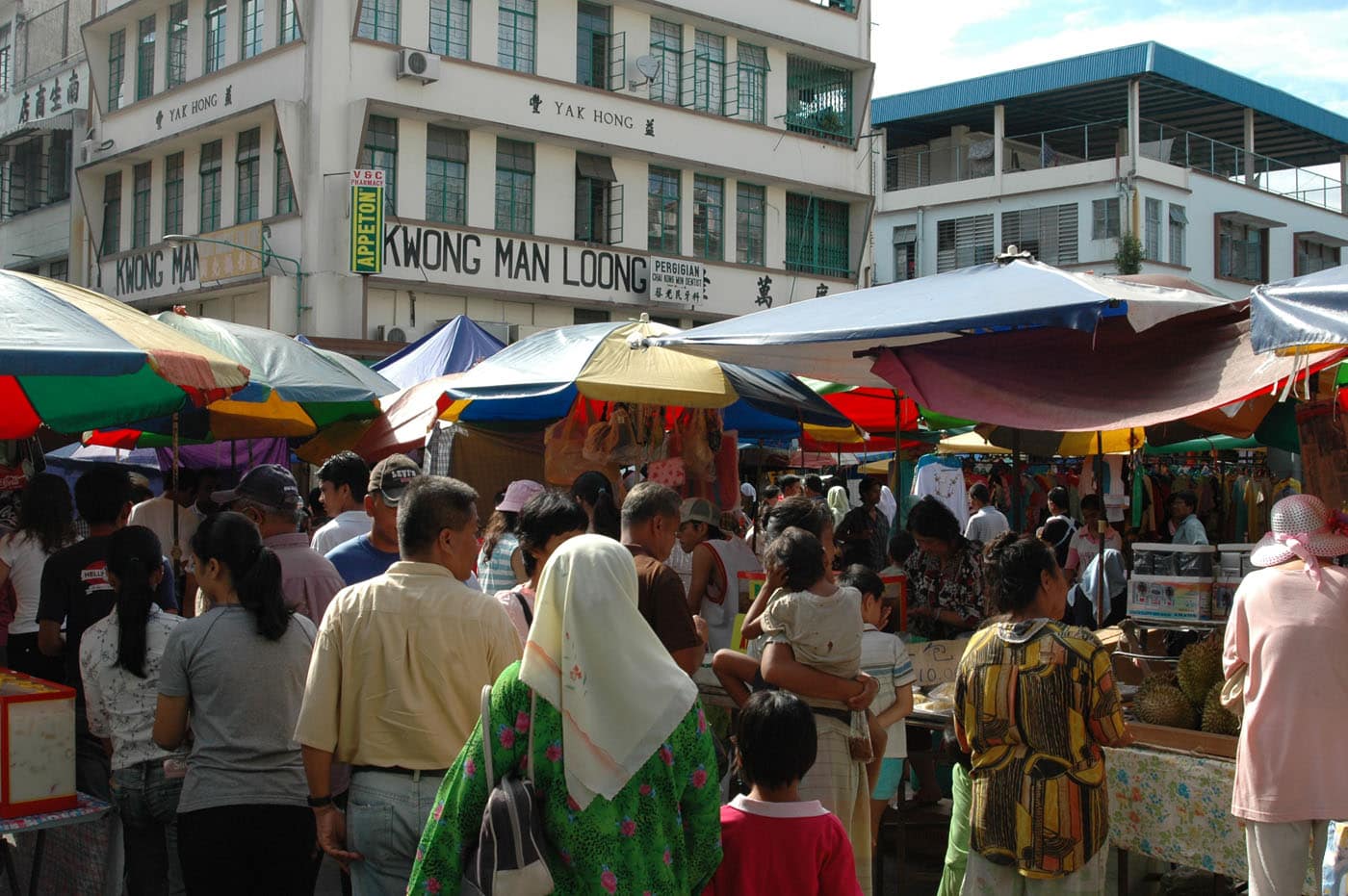
Most of Sabah’s more than 3.5 million people can be considered as minorities within the context of the whole country, since they are for the most part non-Malay and are either indigenous (approximately 60 percent), Chinese (about 9.1 percent) or from ethnic groups originating from southern Philippines, Indonesia or other parts of Malaysia.
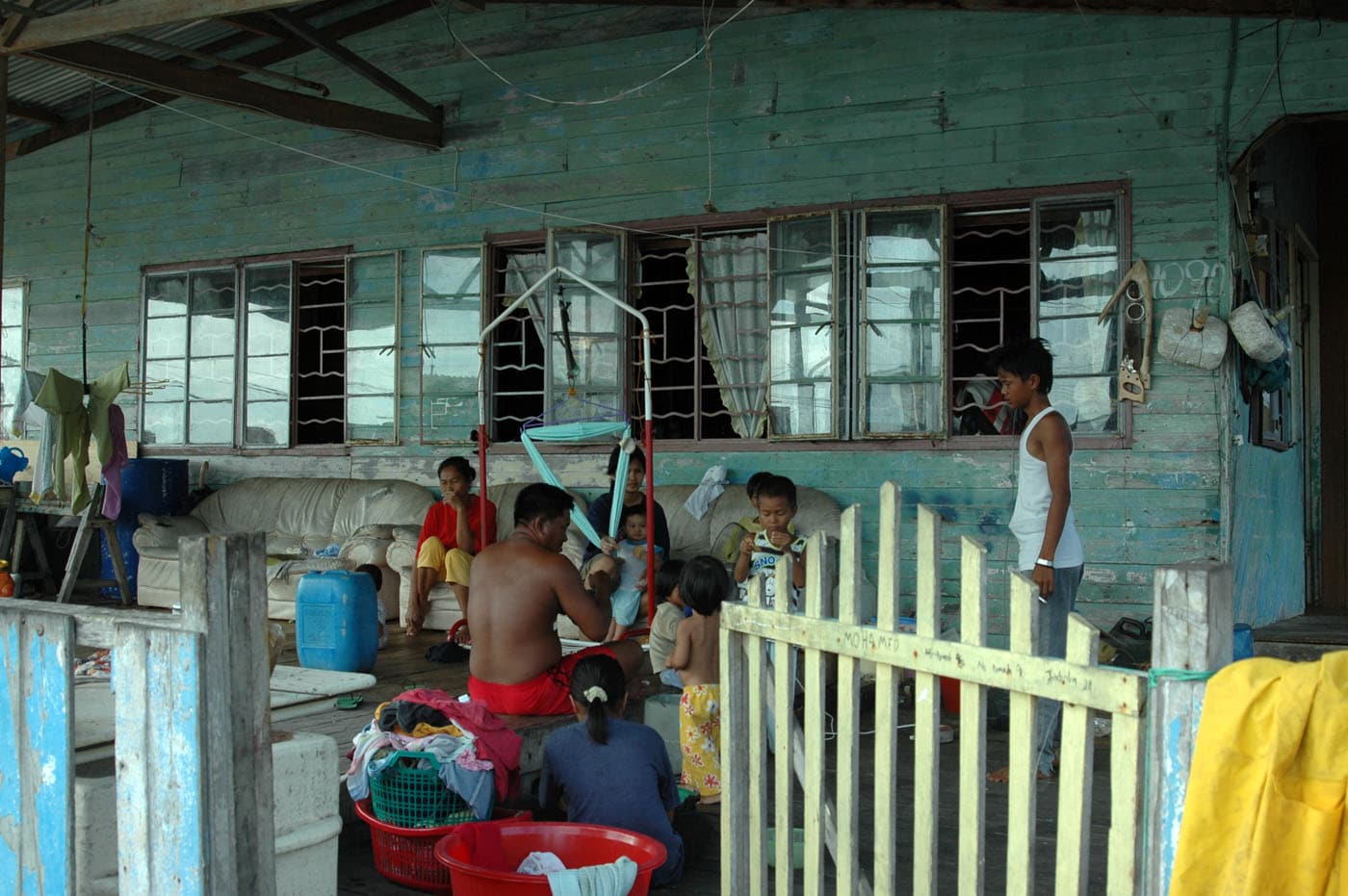
Some of the largest minorities are the Kadazan-Dusun (about 17.8 percent), Bajau (14 percent), and Murut (3.2 percent). There is great diversity within these numerous indigenous and other minority communities. The

Sabah’s ethnic composition has been altered to such an extent that indigenous peoples are in effect being politically marginalized and, as a consequence, their rights relating to land ownership and resource allocation have been increasingly watered down in recent years. Indeed, since the
References.
Biodiversity in Borneo. Retrieved from https://doi.org/10.1036/1097-8542.082150
Minorities in Sabah. Retrieved from https://minorityrights.org/minorities/indigenous-peoples-and-ethnic-minorities-in-sabah/
